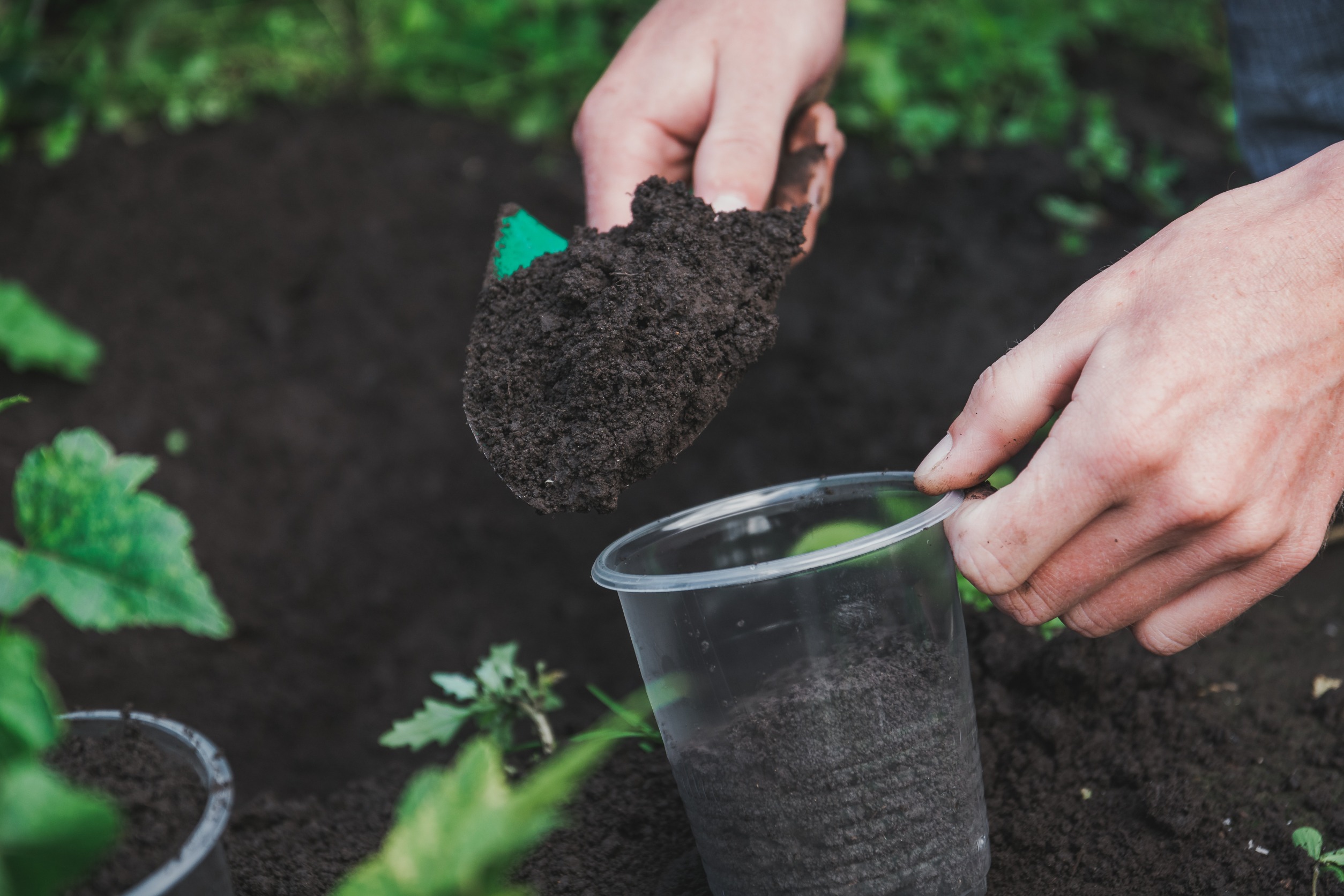Although cultivating a container garden has special difficulties, it may also be immensely fulfilling. Choosing the proper soil mix is one of the most important steps in growing a successful container garden. Container gardens rely solely on the soil in the pot, as opposed to regular gardens, where plants have access to a whole ecosystem for nutrient uptake.
As a result, the type of soil you select can determine whether your plants develop well or poorly. The fundamentals of soil mixes, important factors to take into account, guidance on selecting the ideal soil for various plant species, and helpful suggestions to guarantee the success of your container garden will all be covered in this guide.
The Basics: Understanding Soil Mixes
What is a Soil Mix?
A soil mix combines several ingredients that give plants the best growing environment. These elements include nutrients, minerals, organic matter, and occasionally additional fertilizers. A quality soil mix is light, nutrient-rich, and well-draining, which makes it perfect for container gardening in contrast to garden soil, which can be compacted and dense.
Why Not Use Garden Soil?
Because garden soil might be overly dense and result in poor drainage and root rot, it is typically not advised to use it in containers. Additionally, it could be deficient in vital nutrients that container-bound plants require to flourish. Pests and illnesses that can cause havoc in the small space of a pot are often abundant in garden soil.
Key Components of an Ideal Soil Mix
Natural Substances
- Compost: An essential component of every quality soil mixture, compost is high in nutrients and helpful microorganisms. It gradually releases vital nutrients and enhances soil structure and moisture retention.
- Peat Moss: Known for its ability to hold onto water, it keeps the soil mixture airy and light. However, because peat moss tends to compact with time, it must be balanced with other materials.
- Coconut Coir: A great way to retain moisture and encourage proper drainage, coconut coir is an environmentally friendly substitute for peat moss.
Minerals
Perlite: This volcanic glass is used in soil mixtures to enhance drainage and aeration because it expands when heated. Its low weight aids in avoiding soil compaction.
Vermiculite: Like perlite, vermiculite enhances aeration and moisture retention. Additionally, it offers a consistent supply of vital minerals.
The nutrients
- Fertilizers with slow release: Including slow-release fertilizers in your soil mix guarantees that plants will have a consistent supply of nutrients for a long time. Frequent feeding may become less necessary as a result.
- Worm Castings: Rich in nutrients, worm castings are an excellent natural fertilizer that strengthens soil and promotes plant development.
Selecting the Proper Soil Mix for Various Plants
Blooming Plants
Generally speaking, flowering plants require a well-balanced soil mixture that encourages robust root development and copious blooms. Often, the best combination includes perlite, peat moss, and compost. Flowering can be improved by applying slow-release fertilizers.
Herbs and Vegetables
Because they are heavy feeders, vegetables and herbs need soil rich in nutrients to generate large quantities. Robust growth will be supported by a mixture high in organic matter, such as compost, with some vermiculite added for moisture retention. Productivity can be further increased by applying a balanced organic fertilizer.
Both cacti and succulents
Cacti and succulents grow best in soil that resembles their native dry habitats. To avoid root rot, they require a mix that drains properly. The ideal mixture combines perlite, coarse sand, and some organic matter. Steer clear of thick, water-retaining soils.
Indoor flora
Indoor plants may need a more specialized mix to meet their unique requirements. For example, aroids like pothos and philodendrons thrive in a mixture of orchid bark, peat moss, and perlite. This offers the ideal ratio of aeration to moisture.
Useful Advice for Your Container Garden
Choosing the Proper Container
The container selection can greatly impact the performance of the soil. To avoid waterlogging, make sure your pots have enough drainage holes. Although many plants can benefit from terracotta pots’ air exchange and porosity, they can also quickly dry out. Plastic pots may result in inadequate aeration, although they keep moisture better.
Keeping an eye on soil moisture
For container gardens, proper irrigation is essential. Underwatering can stress plants while overwatering can cause root rot. Check the moisture content of the soil regularly by sticking your finger into it or using a moisture meter.
Reviving Soil Blend
The soil mixture in containers may deteriorate and lose nutrients over time. Add fresh compost and other organic matter to the soil mix every planting season to refresh it. Plants will continue to get the nutrients they require thanks to this renewal.
In conclusion
Making the correct soil mix choice for your container garden is essential to the success of your plants. You may design the perfect growing environment for your plants by knowing the essential elements of a soil mix and adjusting it to meet their demands.
Don’t forget to keep an eye on the soil’s moisture content, replenish it frequently, and use containers that will work well with the soil mix you’ve chosen. Your container garden can thrive by following these tips, adding beauty and abundance to your living area.

